This article was co-authored by wikiHow Staff. Our trained team of editors and researchers validate articles for accuracy and comprehensiveness. wikiHow's Content Management Team carefully monitors the work from our editorial staff to ensure that each article is backed by trusted research and meets our high quality standards.
There are 9 references cited in this article, which can be found at the bottom of the page.
This article has been viewed 39,358 times.
Learn more...
Tooth decay can be a major cause of anxiety and detractor of self-confidence. Feeling better about your teeth can be achieved through learning techniques to hide them in your mouth, using wax to temporarily cover them, or visiting a dentist for more permanent solutions.
Steps
Hiding Your Teeth
-
1Cover your teeth with your lips. Ensure that when you are smiling, you open your mouth in a way that keeps your lips over your teeth, or that you are smiling with your mouth closed.[1]
- Use your eyes to convey emotion rather than your mouth when speaking to people.
-
2Chew with your mouth closed. When eating, keep your lips together while chewing your food to avoid showing your teeth. Your jaw can open and close inside your mouth, but your lips should not.[2]
- Chew small pieces at a time. You won't have to open your mouth as wide to bite off larger pieces.
- Focus on chewing with your back teeth rather than your front.
- Chew slowly to allow yourself more control in covering your teeth.
Advertisement -
3Practice how you control your lips and mouth in the mirror. Work on a go-to smile that you would feel comfortable using everyday, or when introducing yourself to someone. Try talking as you would, but in a way that allows your teeth to remain covering your lips.[3]
- Make a conscious effort at first until it becomes easier to do. Eventually try to make it seem less practiced, and more of how you naturally smile and talk.
Making Wax Tooth Fill-Ins
-
1Acquire paraffin wax. Paraffin wax is often used in candles, and is a moldable, non-toxic material that easily hardens in the shape of the area it's set in.[4]
- Paraffin wax can be purchased at pharmacies, big-box stores, or online.
-
2Heat a pan on the stove. Use a small to medium sized pan or skillet, making sure it's clean. Dry it completely before putting it on the stove.
- Heat the skillet on low.
-
3Melt the paraffin wax in the pan. When your pan is hot enough, use a knife to scrape off a few flakes of the wax into the pan. Heat on the stove until melted.
- Continue to use low heat to melt the wax.
-
4Add cold water to the melted wax. Add a splash of cold water to the melted wax, cooling it down and allowing it to thicken.
- You will know it's thickening when it begins turning white. It will become more firm as it does.
-
5Apply wax to the gaps in your teeth. When the pan and wax are cool enough, use your fingers to scoop up the still soft wax. Begin to place it into the gaps between your teeth. Shape it so that it's flush with your other teeth, and extends down as far. Repeat until all your desired gaps are filled.[5]
- The wax should not remain in your mouth for long periods of time. Take it out at the end of the day.
- Do not reuse. Make a new wax fill-in each time.
Visiting a Dentist
-
1Have X-rays taken of your mouth. The X-rays will allow the dentist to see the condition of your mouth to determine what procedures must be performed, and what approaches can be taken to help your teeth.[6]
- X-rays will be performed on the first visit with the dentist.
- Further appointments will be scheduled to have the procedures performed.
-
2Discuss your options for treatment with the dentist. The dentist can recommend several options based on what they think should be done to treat your tooth decay.[7]
- Smoothing and polishing down a tooth that may be damaged in just one spot.
- Porcelain veneers or fillings that will cover up or fill in areas of your teeth affected by tooth decay.
- Having a reconstructed dental crown fitted if a large piece of the tooth needs to be rebuilt.
-
3Find out from the dentist if you need a root canal performed. The extent of your tooth decay may require an entirely new structure to be rebuilt for a dental crown to be fitted. It's also possible the decay has allowed for the root of the tooth to become infected. In these instances, a root canal must be performed or the decay will worsen.[8]
- An antibiotic may be prescribed to you if the infection is causing a fever or swelling.
Warnings
- Understand that visiting a dentist can be costly, especially for more involved procedures. If you have insurance, find a dental practice that is covered under your plan.⧼thumbs_response⧽
References
- ↑ https://healthfully.com/hide-tooth-decay-8566900.html
- ↑ https://healthfully.com/hide-tooth-decay-8566900.html
- ↑ https://healthfully.com/hide-tooth-decay-8566900.html
- ↑ https://www.drpolley.com/blog/what-to-do-after-chip-tooth/
- ↑ https://www.colgate.com/en-us/oral-health/adult-orthodontics/what-is-tooth-wax
- ↑ https://my.clevelandclinic.org/health/articles/11199-dental-x-rays
- ↑ https://www.mouthhealthy.org/en/dental-care-concerns/questions-about-going-to-the-dentist
- ↑ https://www.mouthhealthy.org/en/az-topics/r/root-canals
- ↑ https://www.ada.org/resources/community-initiatives/fluoridation/fluoridation-faqs




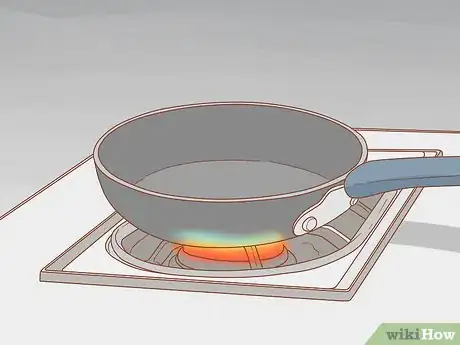
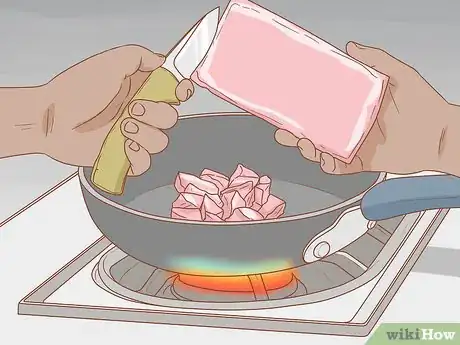

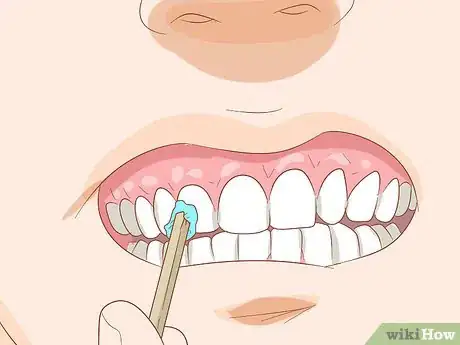











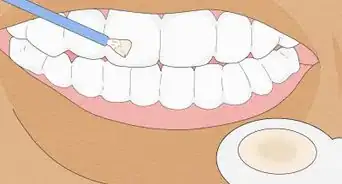
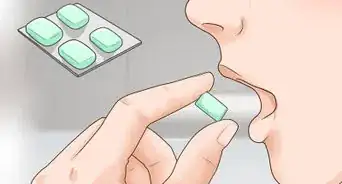



















































Medical Disclaimer
The content of this article is not intended to be a substitute for professional medical advice, examination, diagnosis, or treatment. You should always contact your doctor or other qualified healthcare professional before starting, changing, or stopping any kind of health treatment.
Read More...